Wings of beauty done with plastic out of hell: Do-26 from A-Model.
One of the most beautiful airplanes realized with one of the ugliest kits I have ever seen. Aren't these interesting contrasts?
I have built this model already in 2015, but I think you see this beautiful aircraft built much too rarely. I hope you like the pictures!
The project has torn me back and forth from the beginning: on the one hand I was electrified by the possibility to build this really beautiful airplane and to have it in my showcase at some point. On the other hand, the implementation of this project caused such a number of difficulties that I was tempted several times to let it all go.
When I now see this large, elegant and excitingly shaped model in front of me, the joy of the finished construction outweighs the difficulties experienced, and they are quickly perceived as valuable experiences.
Where does the enthusiasm for this Dornier construction come from? It cannot be due to a wide distribution or to a particularly interesting and successful history of use of this pattern. First flown in the summer of 1938, the Do-26 was designed as a postal aircraft for transatlantic routes such as Lisboa-New York in accordance with a development order from Lufthansa. Even the prototype Do-26 V1 "Sea Eagle" was able to demonstrate both aesthetically and in terms of performance parameters that Dornier had succeeded in creating a masterpiece of seaplane construction.
Beyond the pleasing aesthetic form, two unusual aspects catch the eye: one are the engines in the form of four 700 hp Jumo 205 diesel engines. In addition to the remarkable fact that diesel engines have been used, a special feature is that the rear engines are pivot-mounted to keep their propellers free of splash water.
On the other hand, the support floats stand out in the form of two rectangular floats that can be retracted into the undersides of the wings. For aerodynamic reasons, Dornier had dispensed with the usual "stumps".
A total of six examples of this aerodynamically almost perfect seaplane were built. In their intended role, however, the Do-26s were only on the move for a short time. After the outbreak of war, all six built aircraft were taken over by the Luftwaffe, which used them for supply flights to Narvik. In military operation the Do-26 could not convince. None of these models survived the war, being prone to enemy fire and expensive to maintain.
My model shows the second prototype, the Do-26 V2 "Sea Falcon", which should be taken over together with the V1 "Sea Eagle" by the air force then as Do-26 A. During her short service as a transatlantic flying boat between her maiden flight in spring 1939 and the autumn of the same year she wore her colourful painting.
This project is my first contact with an Amodel kit.
After opening the box I was delighted by the multitude of parts and the seemingly harmonious panel lines. An impression that shouldn't last long...
To make a long story short: literally every component such as fuselage, wings, engines, etc. can be expected to have a very rough fit, almost every component has to be reworked at great expense or even reinvented.
This applies, for example, to the complicated structure of the fuselage, which does not consist of just two half shells. In order to close the fuselage, a "roof" consisting of several parts must be latched dorsally, which carries the two longitudinal fuselage wings. In principle, this is not a bad idea, as it would be very difficult to clean the adhesive seam between the two wings. However, the implementation of this idea was so inadequate and inaccurate that in the end all fuselage strakes damaged by this procedure had to be sanded down. Of course, this also means that replacement had to be found for these self-drawn plastic webs.
With all this I have to consider that these problems could also be due to my lack of skill, but I really doubt that the Amodels specification can be implemented satisfactorily.
The construction period was full of trouble with wrongly dimensioned and sometimes messy parts; the transition between fuselage and wings or the missing connection between the rear fuselage roof and the stern may serve as spectacular examples.
Of course the whole thing led to real orgies of filling and sanding, whereby I soon started to pour out pre-filled gaps with medium cyanoacrylate glue and sand them into the right shape.
The transparent parts on the fuselage are unfortunately not to be attached flat to the fuselage surface; those who have more ingenuity than I should be congratulated.
The antenna construction, which can be found in the kit, is not correct for the V2; it has to be built by yourself as well as the completely missing grating on the rear engine fairing.
Caution is also advised with the decals. These are to be used in principle, however, they burst very easily into smallest pieces. Unfortunately, this does not go well with their special feature of sticking as if concreted on first contact with the model surface... My blood pressure was decidedly above the medically recommended limit during the entire procedure.
As my personal conclusion it remains that I look at this model with great joy and a certain pride: I would have loved to do without some of the building experience made here - but in the end it is still the only possibility to get this seaplane piece of jewellery into the showcase.
For the time being I will make a big bow about Amodel kits. For the really proud price of this kit radically different is to be expected, but at least a basically buildable model. Whether the Do-26 by Amodel is to be counted to it, I dare to doubt after the experiences made here.
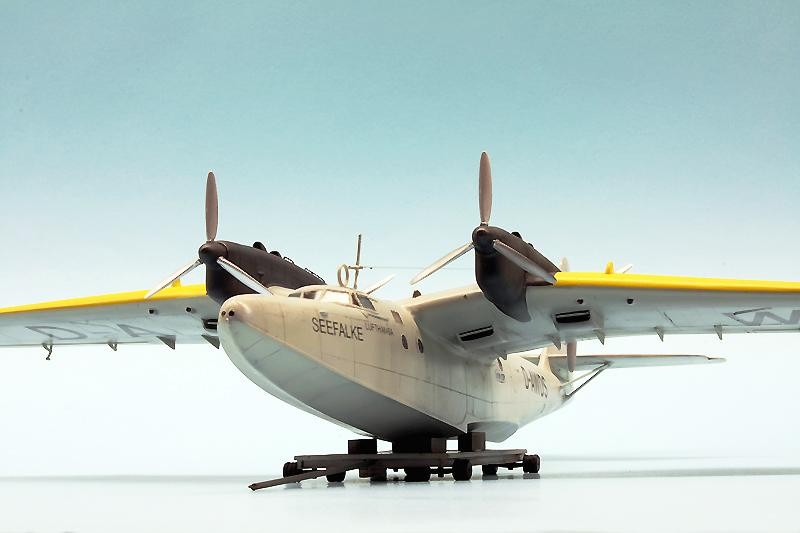

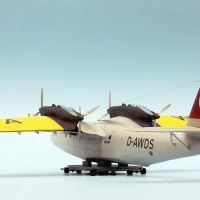
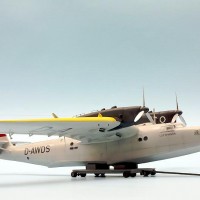
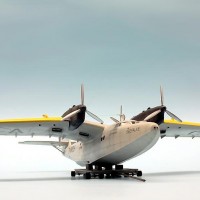
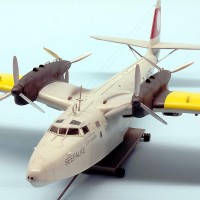
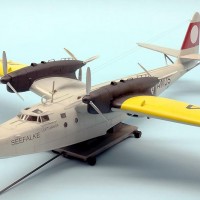
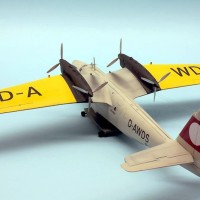
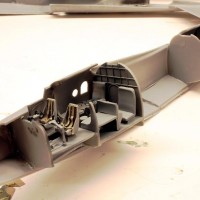
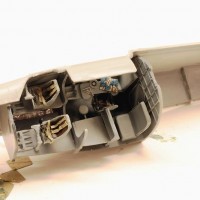


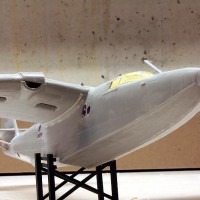

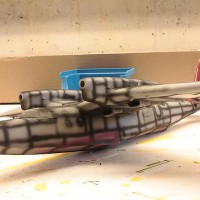
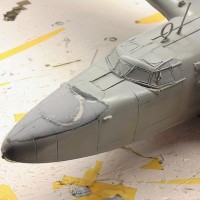
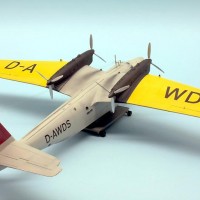
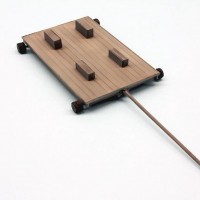
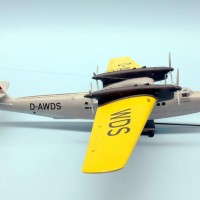
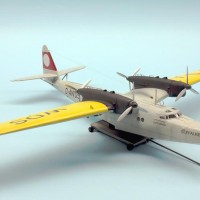
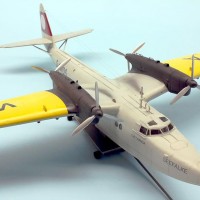
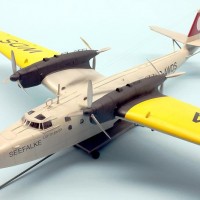
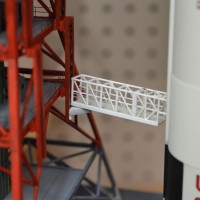
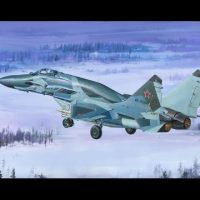
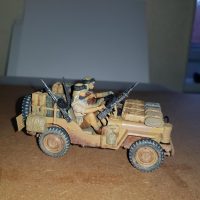
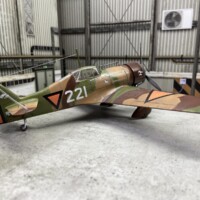
She's a beauty Roland, it appears you conquered this beast of a kit. Well done.
Hi Roland, would it be possible to borrow your magic wand.
Roland, despite the project difficulty, she is a beauty. You are a braver man than I, tackling that monster.
Cheers,
Scott
That's a fantastic model Roland! Congratulations!
Roland, I remember I saw the first time you presented this, and if any model is worthy of a re-visit it is this one! Beautiful original, beautiful model and great pictures. Thank you!
A silk purse from a sow's ear. Congratulations!
Beautiful work, for a very cool looking plane. When I lived in Washington, there was a gentleman in the IPMS Chapter there that was a bit of a Masochist and would built one A-Model kit after another. You really did a wonderful job with what appears to be a terrible kit.
Great paint job. Nice subtle weathering.
You definitely beat it into submission! She looks great!
Ditto that. Sure does look great.
Great job on a really sleek looking plane. For your next project maybe you can relax and do the BV 142 kit from Mach 2. Believe it or not this one looks a lot worse than the Dornier!
I am thrilled by your reactions, it is truly very encouraging and motivating! Indeed - good idea, Wait and Dale! - in the direction of daring me to do an AModel again soon! 🙂
Thank you all for you interest and encouragement!
Truly a triumph of persistence, talent and pure stubbornness over plastic. Beautiful result.
Bravo Roland, you outdone yourself with this beauty. Simple fantastic model, even more so after reading about the pains in building it
That looks like it was a feat of strength! Very nice.
Great work on the Do26, Roland. I have one in the stash, also to be build in its Lufthansa guise, even though I'm aware of A-Model's reputation.
I'll heed your warning 🙂
Peter
Hi There,
What a beautiful looking aircraft. Very well done getting this to the finished product
Cheers,
Alistair
Looks great, you managed to tame the tiger!
Fantastic finished model with great looking, and a very inspiring well written text.
Looks good Roland, well done.
Super work Roland. Great to see this flying boat built.
Great looking aircraft and build!
Thank you very much for all your kind replies and wonderful comments, I really appreciate that!
Roland, I am so pleased someone else has also brought this kit into submission! Yes, a sometimes difficult build, but light years ahead of the old Mach2 offering, and despite everything, I think a very nice kit when finished. Your civil version looks very smart indeed - it was easily the most aerodynamic of flying boat designs, and your efforts show this aircraft's elegant lines beautifully... very well done.
Regards,
Paul
Hello Roland,
Stunning model from the famous Do designing department.
Striking color scheme that fits the model perfectly.
Regards, Dirk
The Netherlands.